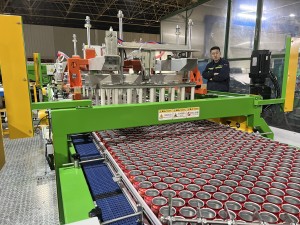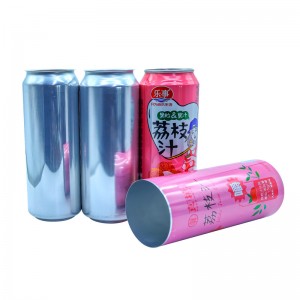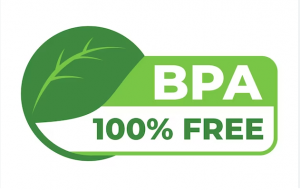First, the importance of inner coating materials in aluminum cans
Aluminum cans are widely used in our daily life, such as beverage cans, food cans and so on. The coating material inside the aluminum can plays a vital role. First, aluminum is a reactive metal that reacts easily with the contents of the tank. The inner coating material acts as a barrier, preventing the aluminum from coming into direct contact with the contents. For example, if aluminum cans are used to hold acidic beverages, without the protection of internal coatings, the aluminum will gradually dissolve in the beverage, which will not only affect the taste of the beverage, but also may be harmful to human health. Secondly, the inner coating material can maintain the quality of the content. For food products, the inner coating can prevent the odor in the aluminum can affect the food, but also can avoid the reaction of water, oil and other components in the food with aluminum, thus extending the shelf life of the food.
Two, common aluminum can inner coating material types
Organic paint is one of the more common. Among them, epoxy resin coating is widely used. It has good adhesion and can firmly adhere to the inner wall of aluminum can. This kind of coating has a good barrier to oxygen, water vapor, and high chemical stability, can adapt to a variety of different properties of the content. For example, in aluminum cans of beer, epoxy coating can prevent carbon dioxide from escaping and prevent external oxygen from entering, maintaining the fresh taste of beer.
Another common type is polyester coating. Polyester coating has excellent corrosion resistance and can effectively protect aluminum cans from corrosion for some contents that may contain corrosive ingredients, such as additives in some functional beverages. And the transparency of polyester coating is better, if the aluminum can is filled with products that need to show the appearance, such as some transparent juice, polyester coating will not affect the visibility of the appearance of the product.
Waterborne coatings are also gradually used in the coating of aluminum cans. With increasing environmental awareness, water-based coatings are favored for their advantages of low volatile organic compound (VOC) emissions. Water-based coating is more friendly to the environment while ensuring good adhesion to the inner wall of aluminum cans and protecting the contents. For example, some high-end organic juice aluminum cans, in order to conform to the concept of environmental protection, will use water-based paint as the inner coating.
Three. Performance requirements of inner coating materials in aluminum cans
Barrier performance is one of the key requirements. The inner coating material needs to effectively block oxygen, water vapor, light, etc., to ensure that the contents of the aluminum can will not deteriorate due to these factors. For example, for some foods or drugs that are easy to oxidise, the oxygen barrier performance of the inner coating must meet certain standards, otherwise the product will be prone to quality problems during storage.
Chemical stability is also essential. The coating inside the aluminum can should be resistant to chemical attack by its contents, whether acidic, alkaline or complex chemical systems containing various additives. In drinks containing acidic ingredients such as citric acid, the coating must be stable and not dissolved by the acid or chemically reacted to produce harmful substances.
Good adhesion is also important. If the inner coating is easy to fall off from the inner wall of the aluminum can, it will not only fail to play a protective role, but the exfoliated coating fragments may also be mixed into the contents, causing serious quality and safety problems. Therefore, the inner coating material should be closely combined with the inner wall of the aluminum can, and can maintain adhesion during the production, transportation, storage and use of the aluminum can.
Four, the choice of inner coating material and aluminum can content suitability
Different contents require different inner coating materials. For beverage products, if they are carbonated drinks, epoxy coating may be more suitable because of the need to prevent the escape of carbon dioxide and the entry of external oxygen. For fruit juice drinks, especially those that contain more vitamins and other nutrients and have requirements for appearance, polyester coating or water-based coating may be a better choice.
For food content, such as canned food, the inner coating material should take into account the pH of the food, whether it contains oil and other factors. If it is a high acid can, such as tomato sauce can, the inner coating must have good acid resistance; If it is a can with high oil content, such as olive oil, the inner coating should prevent oil from penetrating into the aluminum can wall and avoid corrosion of the aluminum can.
The coating of the inner wall of aluminum can is to ensure the quality and safety of the product, which plays a vital role. The type of coating and the production process are accumulated through professional research and practice, and must be strictly in accordance with the standard operation to ensure quality. When choosing to buy aluminum cans and containers, we should also pay attention to whether the coating meets the regulations to ensure the safety and health of ourselves and our families.
Erjin packaging commitment to all production sales
Aluminum cans, Tin cans are made with 100% food grade inner coating, epoxy resin, and BPAfree available; classic wine inner coating
https://www.erjinpack.com/
whatsapp +86-13256715179
Post time: Feb-27-2025









